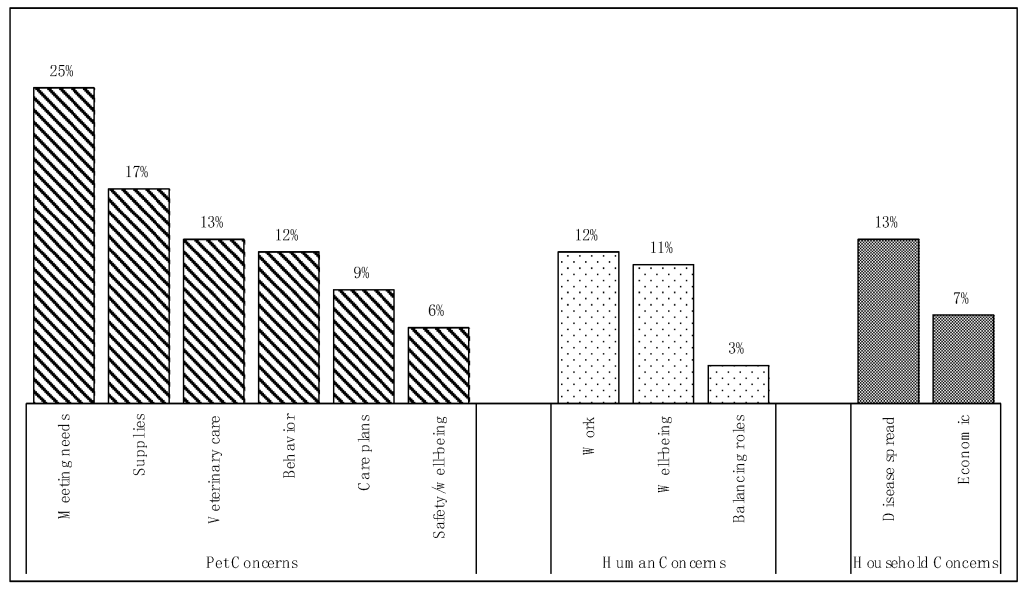Unveiling Insights: A Complete Quantitative Research About Pets – Take Action Now!
Quantitative Research About Pets: Understanding the Numbers Behind Our Furry Friends
Dear Pets Lovers,
Welcome to an in-depth exploration of quantitative research about pets. In this article, we will delve into the world of numbers and statistics to uncover valuable insights about our beloved furry companions. From understanding pet ownership trends to exploring the impact of pets on our well-being, quantitative research plays a crucial role in shedding light on various aspects of the pet world.
2 Picture Gallery: Unveiling Insights: A Complete Quantitative Research About Pets – Take Action Now!


Introduction
In this section, we will provide a comprehensive overview of quantitative research and its relevance in understanding pets and their impact on our lives.
1. What is quantitative research about pets? 📊

Image Source: mdpi-res.com
Quantitative research about pets involves the collection and analysis of numerical data to gain insights into various aspects of pet ownership, behavior, and their effects on human well-being. This data is usually obtained through surveys, experiments, or observations.
2. Who conducts quantitative research about pets? 🎓

Image Source: mdpi.com
Researchers from diverse backgrounds, including animal behaviorists, psychologists, sociologists, and veterinarians, conduct quantitative research about pets. Their findings contribute to the growing body of knowledge about the human-animal bond.
3. When was quantitative research about pets initiated? ⌛️
Quantitative research about pets has been conducted for several decades. However, it has gained significant momentum in recent years due to increased interest in human-animal relationships and the recognition of pets’ positive impact on our lives.
4. Where is quantitative research about pets conducted? 🌍
Quantitative research about pets is conducted in various settings, including universities, research institutions, and veterinary clinics. Studies can be conducted locally, nationally, or even internationally, depending on the scope of the research.
5. Why is quantitative research about pets important? 🧐
Quantitative research provides us with valuable insights and evidence-based information about pets. It helps us understand their behavior, the benefits they bring to our lives, and the challenges associated with pet ownership. This knowledge can guide policy-making, improve pet welfare, and enhance our understanding of the human-animal bond.
6. How is quantitative research about pets conducted? 📚
Quantitative research about pets employs various methodologies, including surveys, statistical analysis, and controlled experiments. Researchers collect data on factors such as pet ownership demographics, pet-related expenses, and the effects of pets on mental and physical health.
The Advantages and Disadvantages of Quantitative Research about Pets
Quantitative research about pets, like any research methodology, has its own set of advantages and disadvantages. Let’s explore them in detail:
1. Advantages of quantitative research about pets 🌟
a. Provides precise and measurable data for analysis and comparison.
b. Allows for the identification of trends and patterns in pet ownership and behavior.
c. Helps in making evidence-based decisions for pet welfare and policy-making.
d. Enables the evaluation of the effectiveness of pet-related interventions and programs.
e. Offers a broader perspective on the human-animal bond by considering a large sample size.
2. Disadvantages of quantitative research about pets 💔
a. May overlook individual experiences and unique cases within the pet-owner relationship.
b. Relies heavily on self-reported data, which may be subject to biases and inaccuracies.
c. May not capture the full complexity of the human-animal bond and its nuances.
d. Limited in capturing qualitative aspects of pet ownership, such as emotional connections.
e. Requires appropriate statistical analysis skills to interpret the data accurately.
Frequently Asked Questions (FAQs) about Quantitative Research about Pets
1. Can quantitative research about pets help in understanding pet preferences among different age groups?
Yes, quantitative research can provide valuable insights into pet preferences among different age groups. By analyzing data on pet ownership trends and preferences, researchers can identify variations in pet choices based on age and other demographic factors.
2. Is there any quantitative research about pets focusing on the benefits of pets for children?
Yes, numerous studies have examined the benefits of pets for children through quantitative research. These studies have explored the positive impact of pets on children’s social development, emotional well-being, and empathy skills.
3. How can quantitative research about pets contribute to improving animal welfare?
Quantitative research about pets can contribute to improving animal welfare by identifying areas of concern and evaluating the effectiveness of interventions. By understanding factors that influence pet welfare, researchers can provide evidence-based recommendations for enhancing the lives of animals.
4. Are there any limitations to the generalizability of quantitative research about pets?
Yes, like any research methodology, quantitative research about pets has certain limitations when it comes to generalizing findings. Factors such as sample size, sample characteristics, and geographical scope can impact the applicability of research findings to different populations.
5. Can quantitative research about pets help in reducing pet abandonment?
Quantitative research can provide insights into the reasons behind pet abandonment, allowing for targeted interventions. By understanding the factors that contribute to pet abandonment, policymakers and organizations can develop strategies to minimize this issue.
Conclusion: Taking Action for Pet Well-being
In conclusion, quantitative research about pets plays a vital role in our understanding of the human-animal bond, pet ownership trends, and the impact of pets on our lives. By utilizing rigorous methodologies and analyzing numerical data, researchers contribute to the well-being of pets and humans alike.
Whether you are a pet owner, animal lover, or researcher, embracing the insights provided by quantitative research can help us create a better world for our furry friends. Let’s continue to support and advocate for evidence-based approaches that enhance the lives of pets and deepen our understanding of the human-animal bond.
Final Remarks
Quantitative research about pets offers valuable insights into the world of companion animals. However, it is essential to recognize that research findings are not definitive answers but rather building blocks for further exploration. The complexities of the human-animal bond cannot be fully captured by numbers alone. Therefore, it is crucial to consider both quantitative and qualitative research methodologies to gain a comprehensive understanding of the multifaceted relationship we share with our beloved pets.
This post topic: Pets



